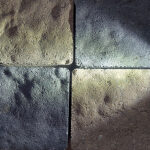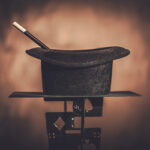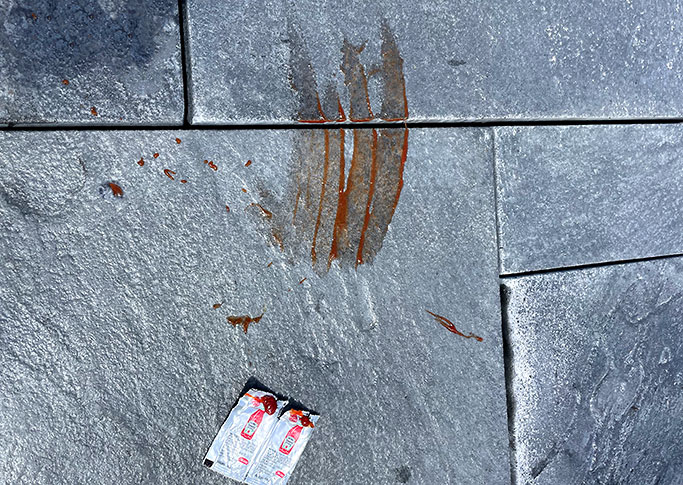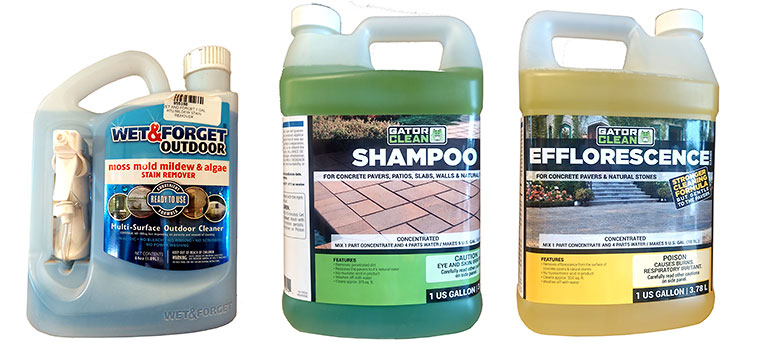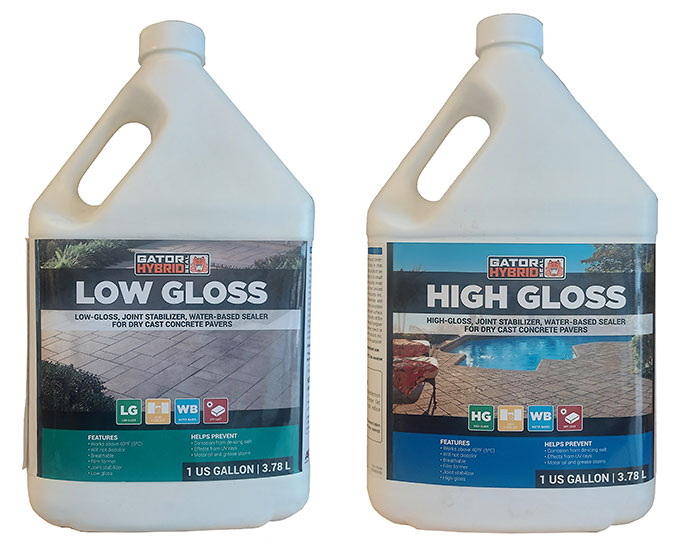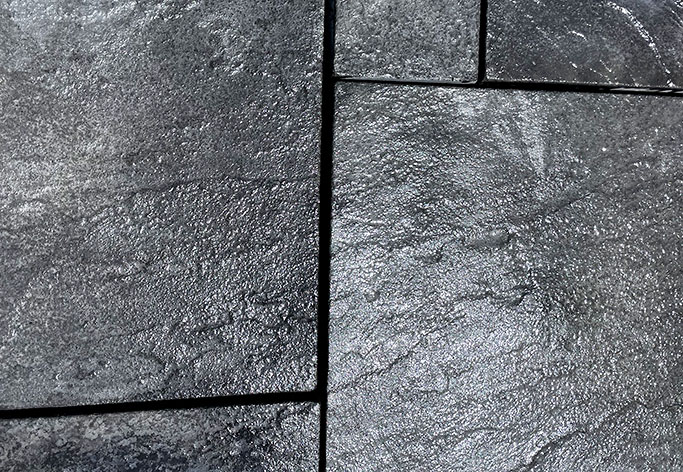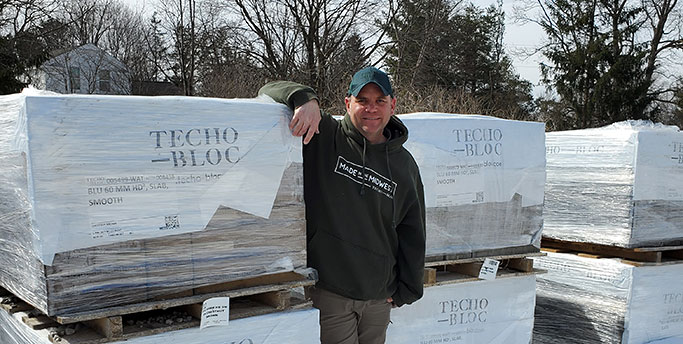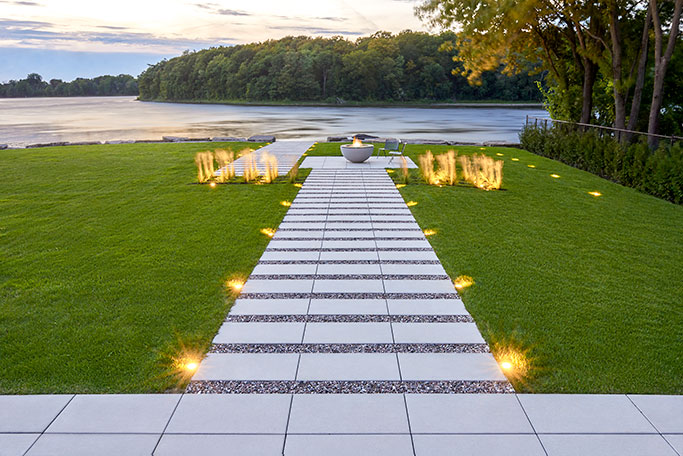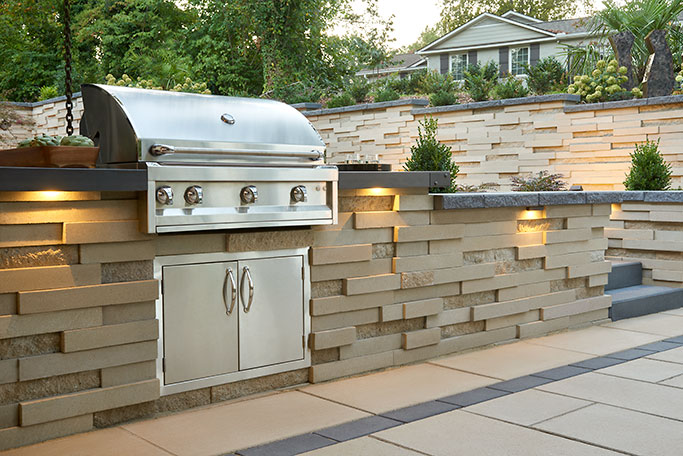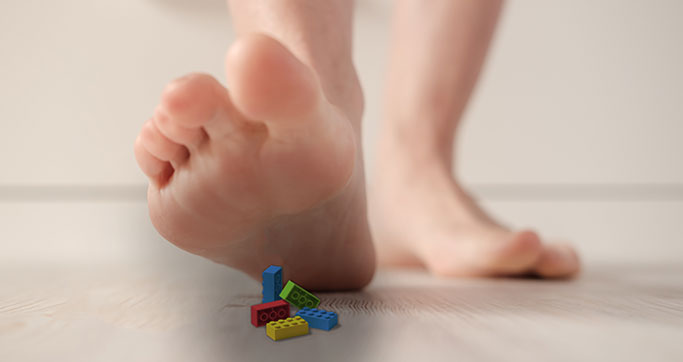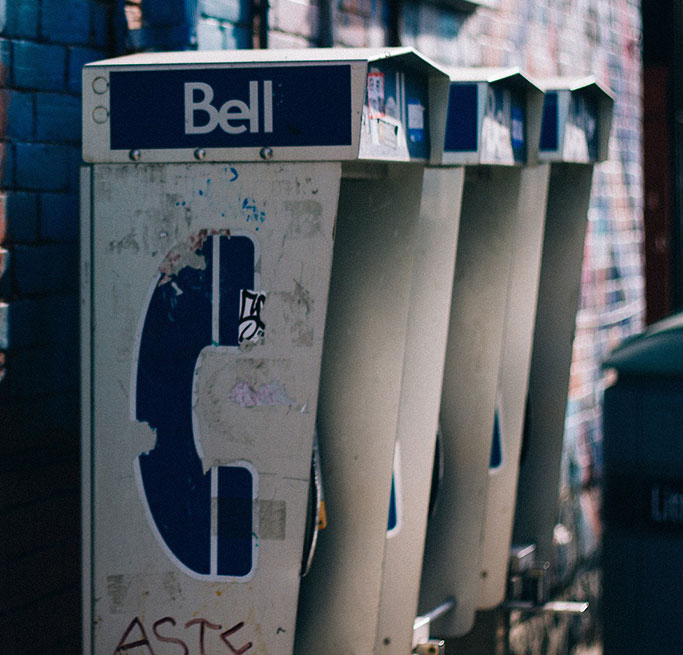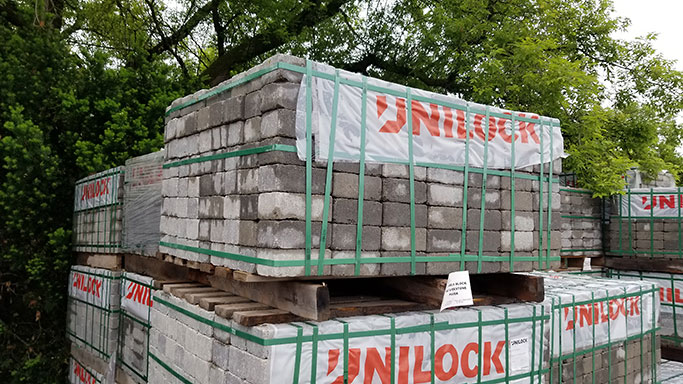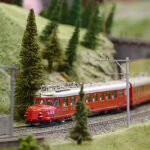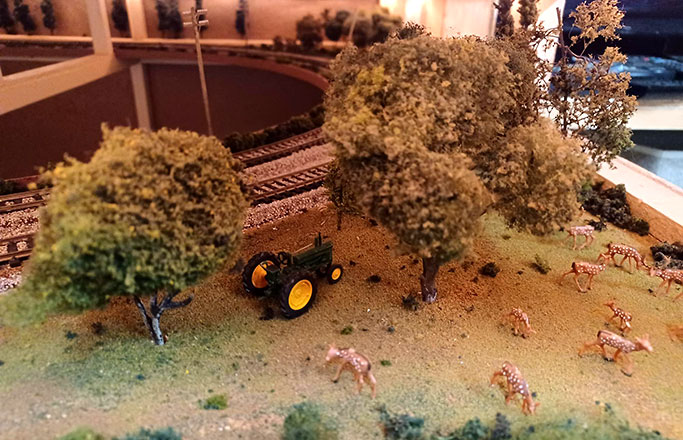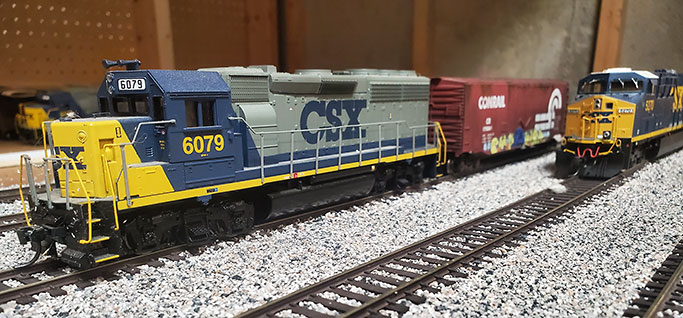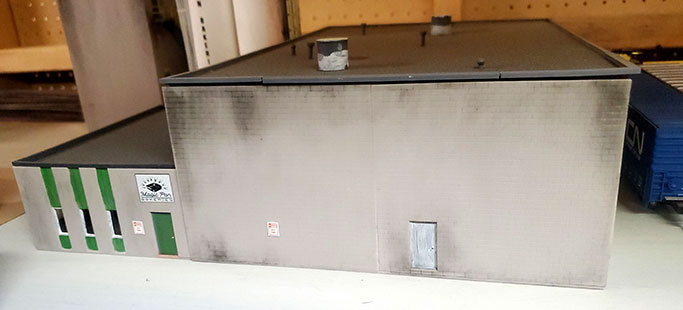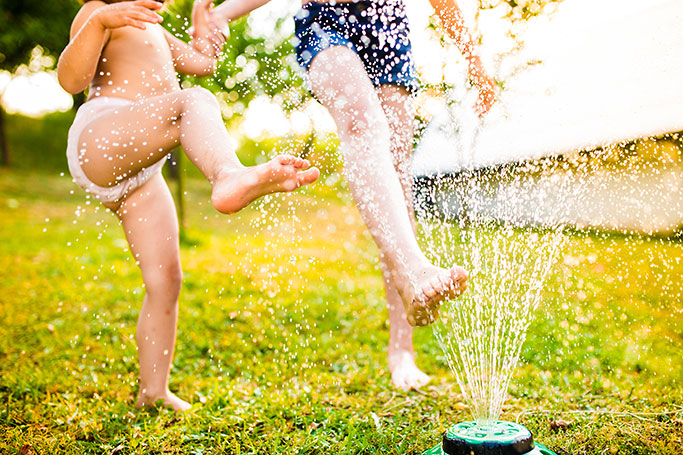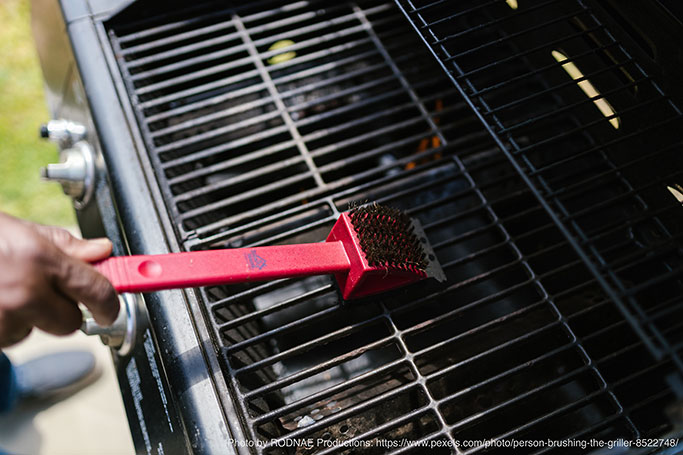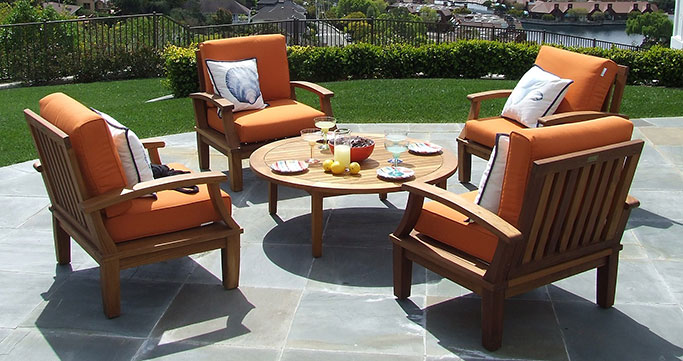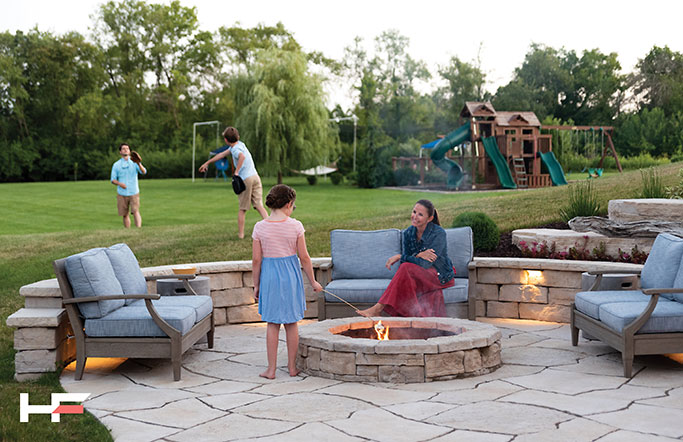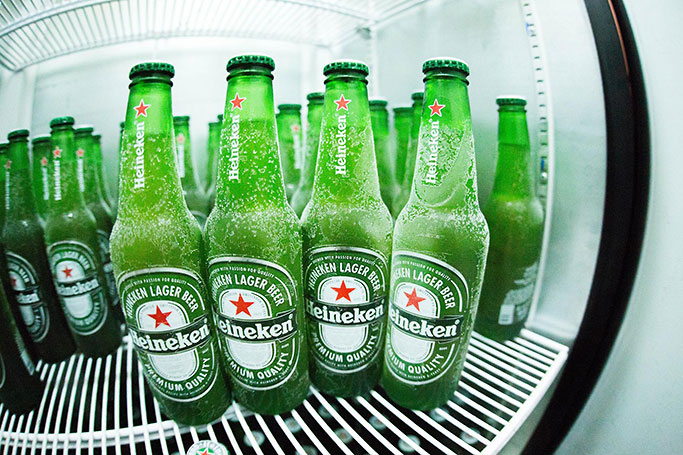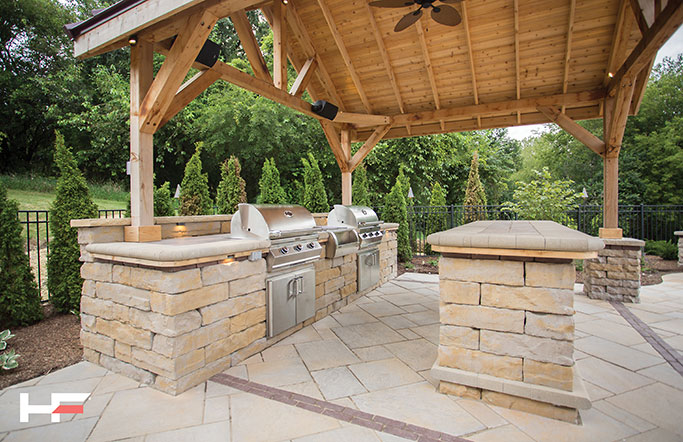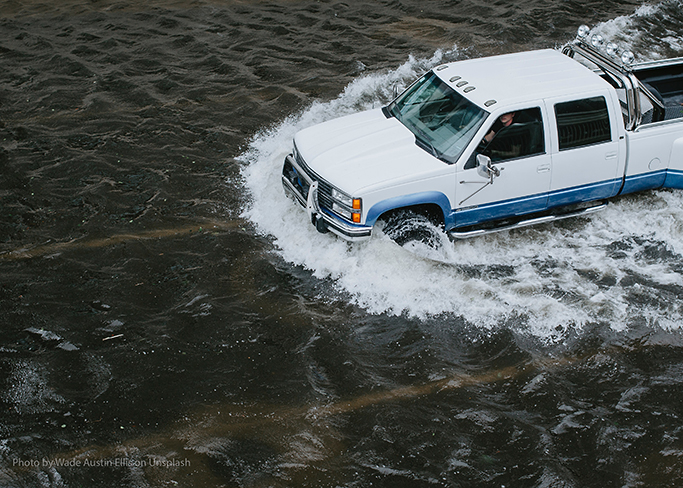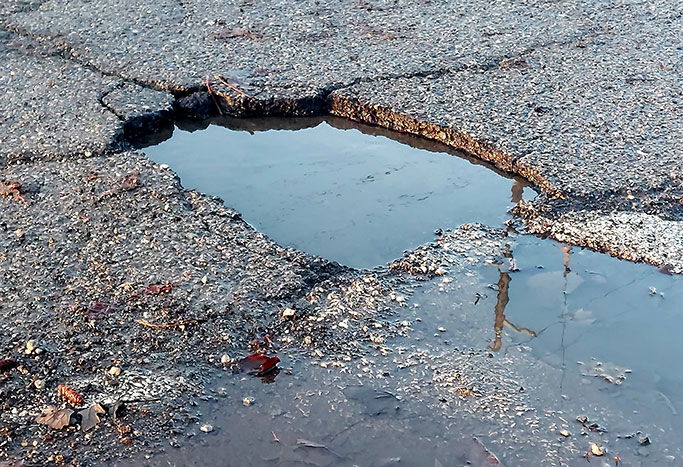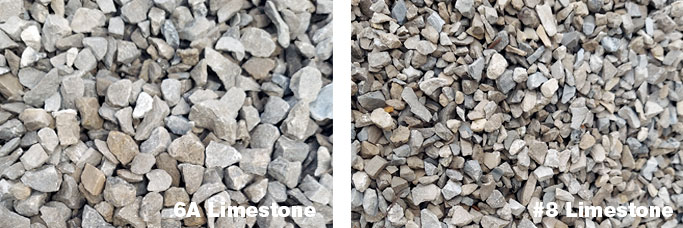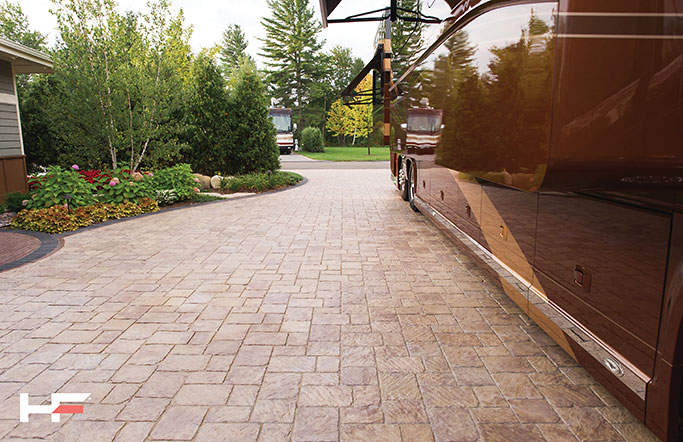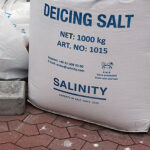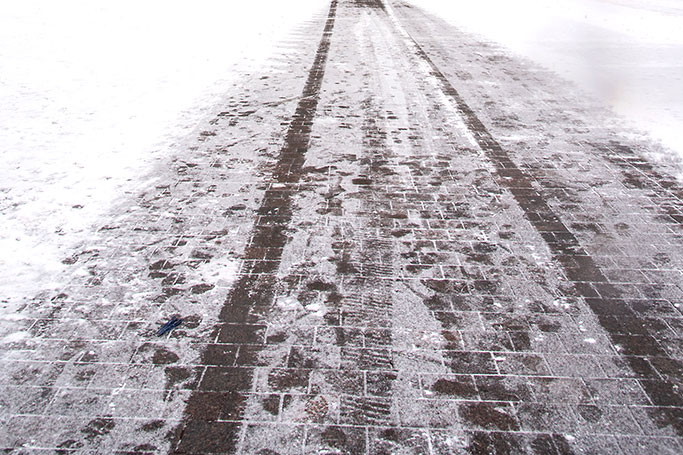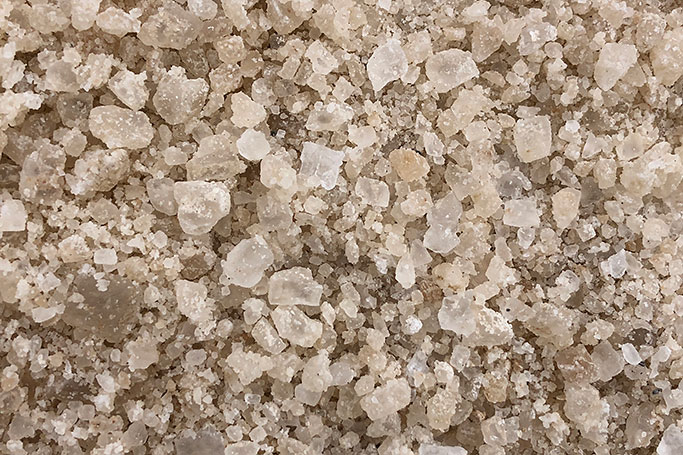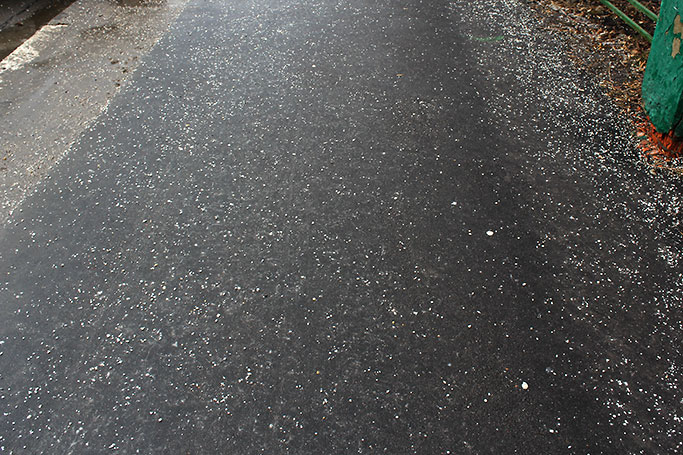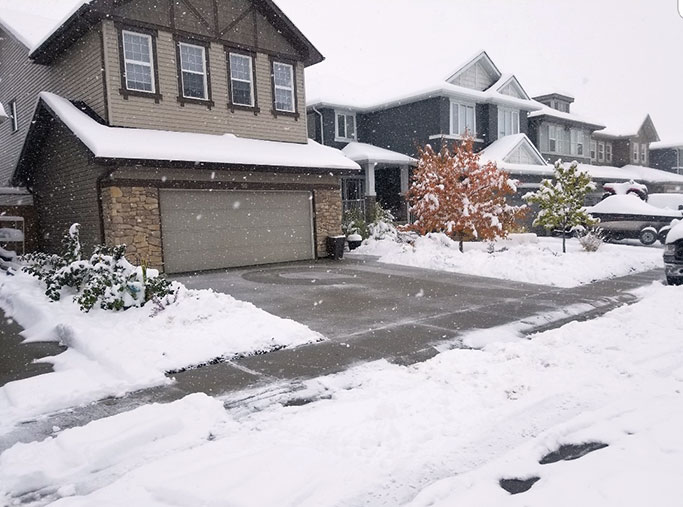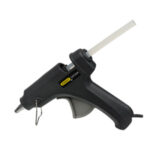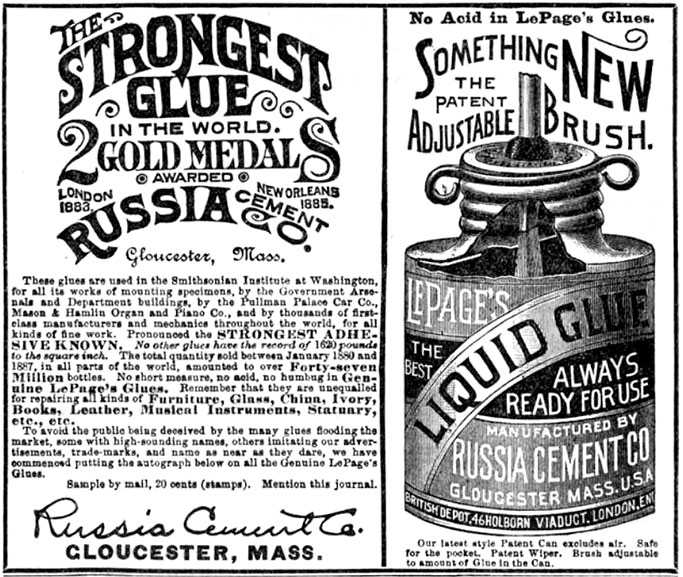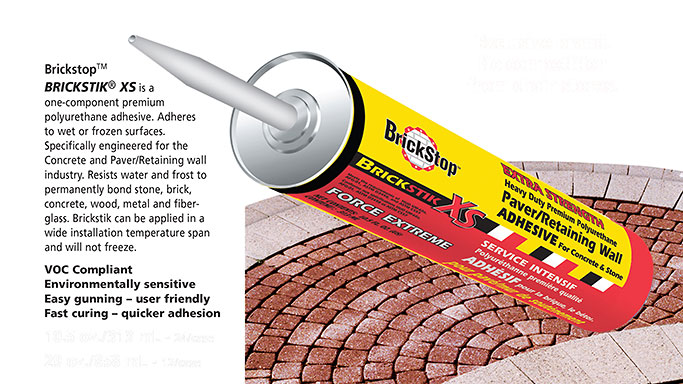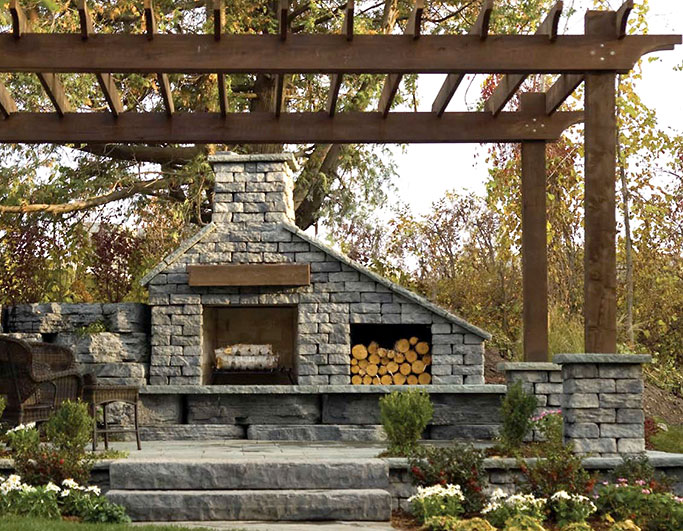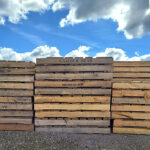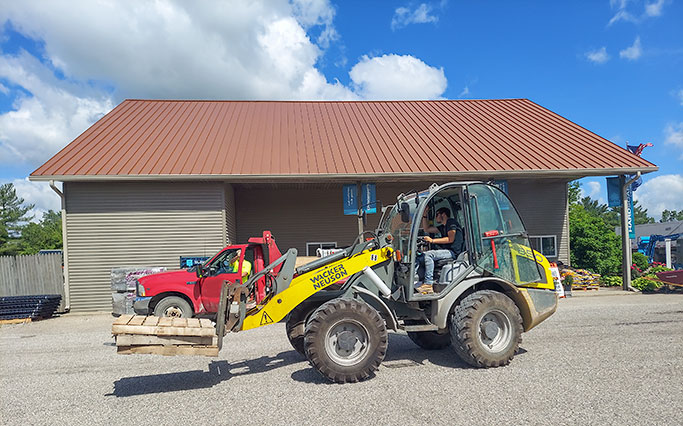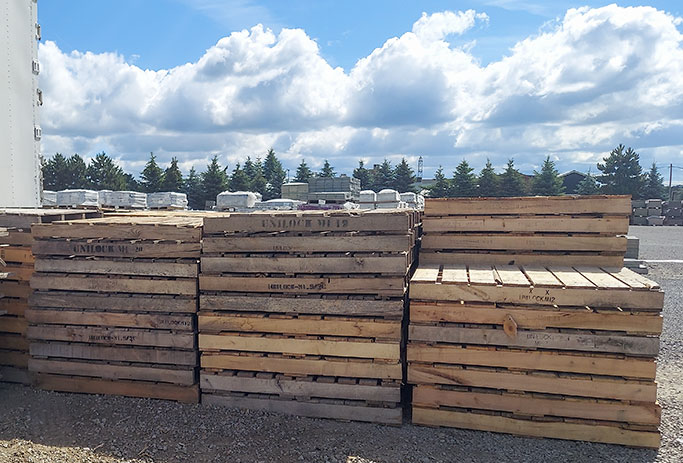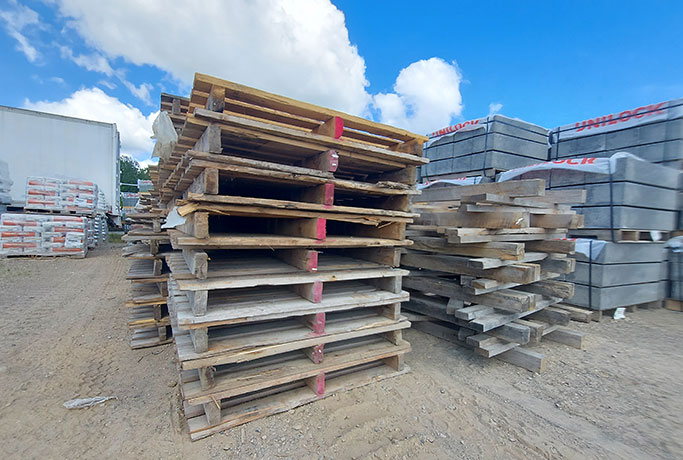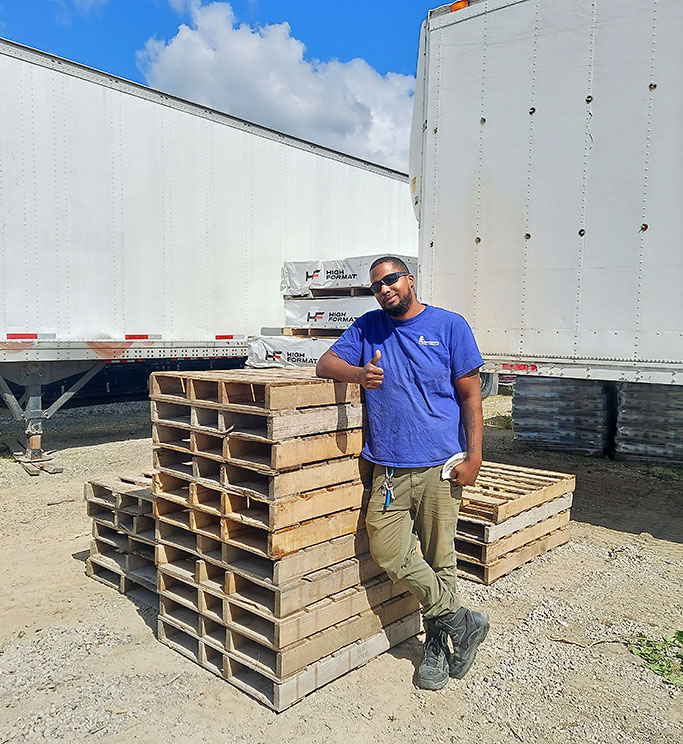Do you know how to enlighten a brick? That is a great setup for a dad joke! I’m a dad, and I of course love horrible and cringe-worthy dad jokes. But bad jokes aside, how do you light up a brick? Why would you want to light up a brick? Can a brick emit its own light? These are some of the questions I hear on occasion. Let me illuminate some answers to brighten up your knowledge.
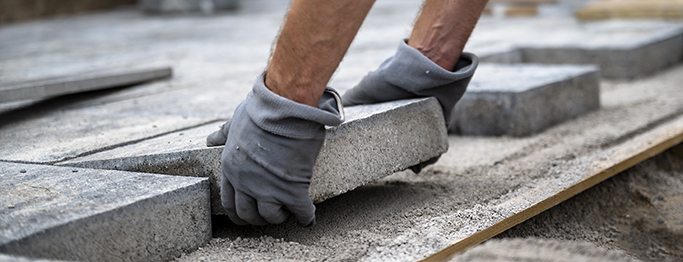
The first question is ‘how?’ The easiest way to install lights is during the construction phase of the project. This will give you the most choices and opportunities to strategically place the wiring for the fixtures. However, you can still add lights to your preexisting project with some ease as well. We offer brands like Alliance and Sollos lighting products at the Hardscape Center to give you a variety of choices. We stock path, ledge, puck, up lights, and many more types and designs in a large array of styles and sizes to meet your needs. We offer transformers that can power a small job like a walkway to the big 600-watt transformer to tackle the backyard yard party house capable of landing airplanes. Do you know how many LED lights you can run with 600 watts of power?!?! (Just ask the hardscape team!)
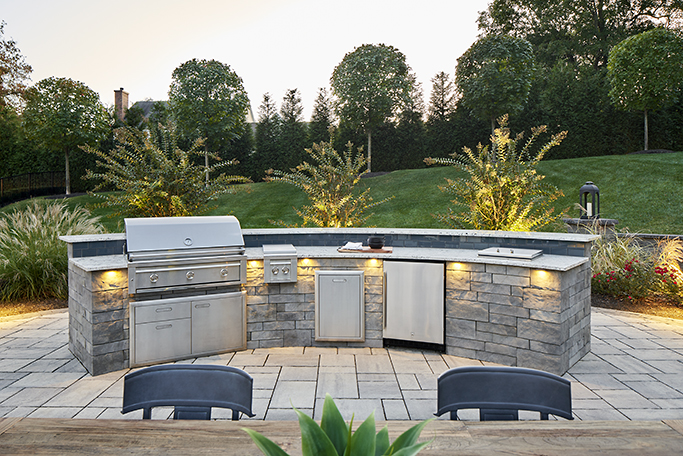
The second question is the most fun and easy; why? One of the biggest reasons is to extend the time you can utilize your outdoor living space. Adding lights to a seat wall around a fire pit can add to the ambiance. Add lights around a kitchen, bar, or even a water feature. Just like the lighting around flower beds and trees with uplighting on them, adding light enhances their beauty at night. Another great use of lights around brick projects is for safety. A few well-placed lights may thwart a stubbed toe or prevent an accidental fall. Lighting stairs, landings, and walkways are a great way to avoid these mishaps. Lights can also highlight the areas you do not want to inadvertently go into like attached flower beds.
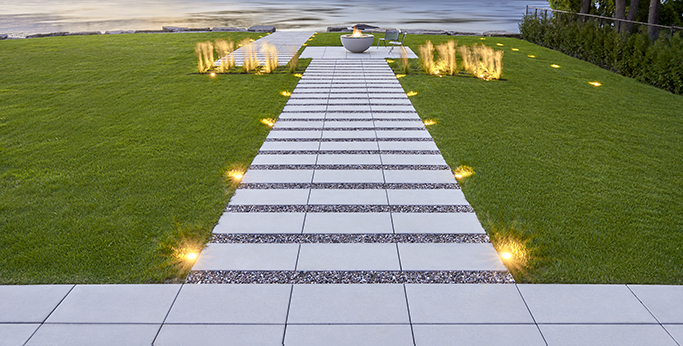
Do you know that we have fixtures with color-changing, dimming & warm-cool settings & capabilities? The options for how the light emits from the fixtures are almost endless.
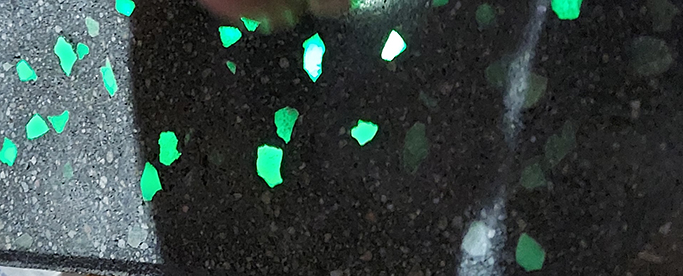
And, yes, there is a company that does make a brick that can emit its very own light. It uses a glow-in-the-dark material that lasts for hours after dark. It does not have an off switch, so it’s always on. There are other styles of lights, some that can be installed directly into the brick by boring a hole through it. Others have a concrete-colored plastic shell that looks like a brick but is a lighted fixture. Some of these can be more challenging to install after the project has been completed, but it is not impossible. Finding the right style and color for your area might be the hardest task of all. Do you know that there is a tiki torch that has a light underneath it?!?
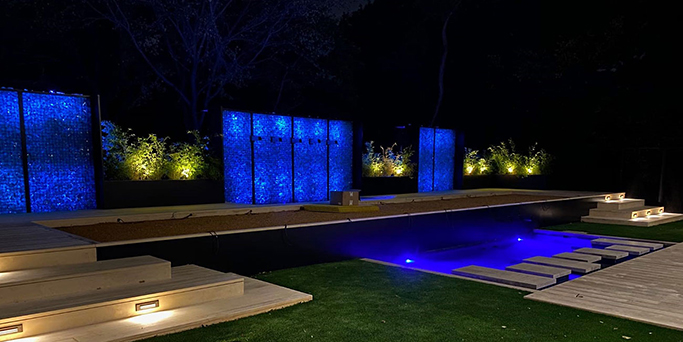
What if you don’t have any brick patios, walkways or garden walls? Don’t feel like you’ll be left in the dark. These same lights can be used on poured walls or pillars, placed around cement driveways and sidewalks. Wall sconce and puck lighting work great to add lights to a porch or side of a garage. What if you have a deck? Do you know that these outdoor lights can be attached to almost every type of material available including wood, plastic, metal, and of course concrete?
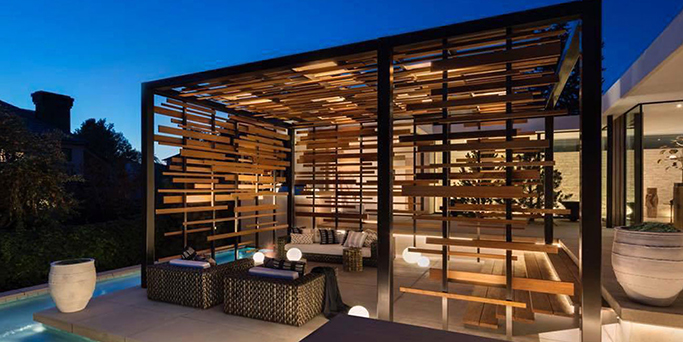
We have come a long way since the start of landscape lighting, there are so many more styles, colors, and options. The way technology keeps advancing, who knows what new and exciting products they will think of next? If you want a good history lesson, I know a guy who has been installing lights for a few moments, our very own Dave Reutter. So, if you have questions or concerns, give us a call or stop into the Hardscape or Plant Center here at Christensen’s. We can help illuminate any questions and bring to light any concerns you may have about shining a little light on a brick or two. As far as the enlightened brick goes, I don’t know the answer to that; nobody has shined any light on that subject yet.

